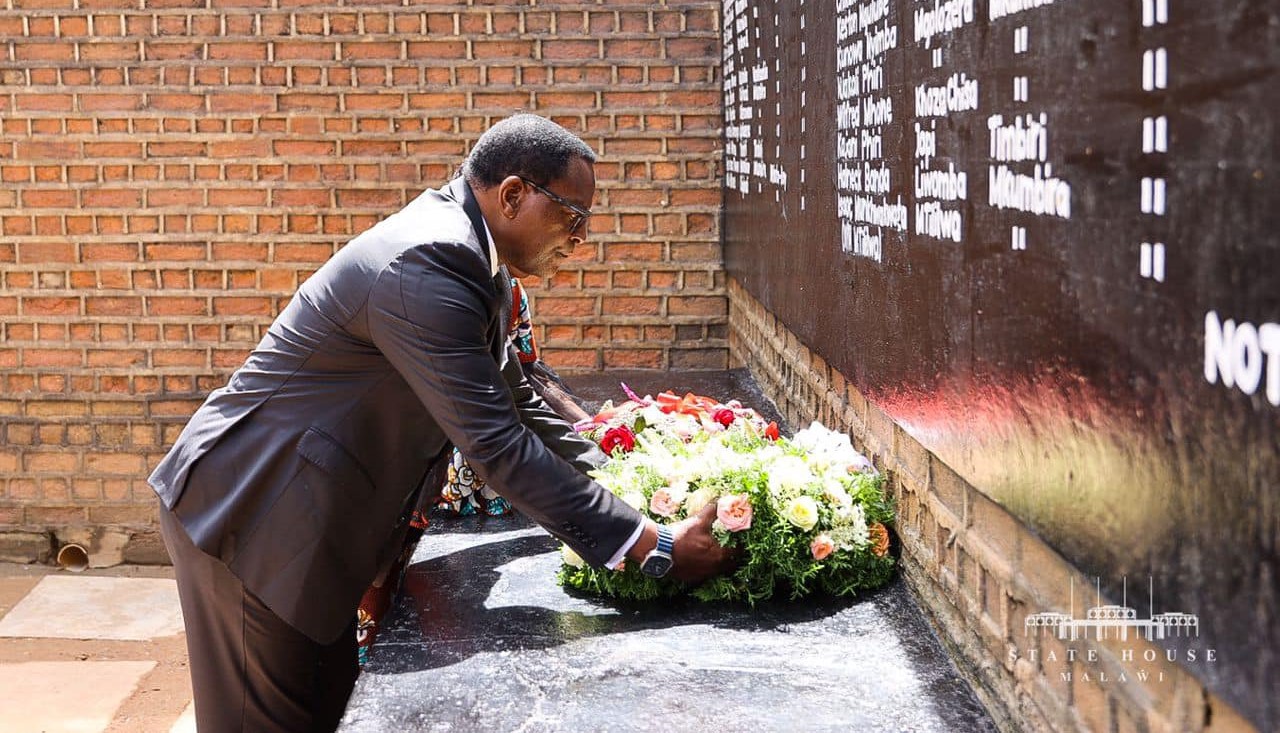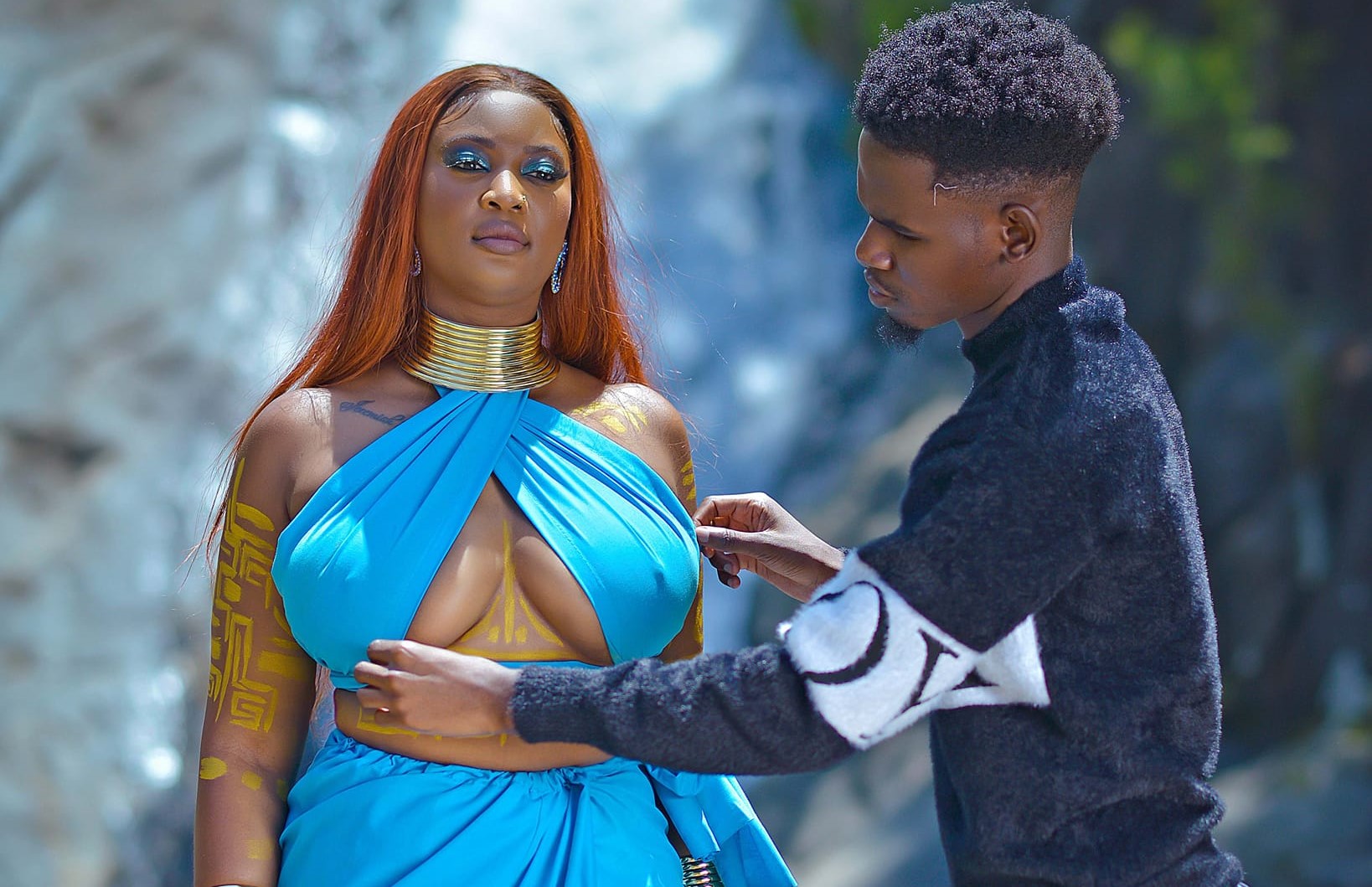Street art refuses to grow
Elsewhere, artists are seizing public spaces to make innermost issues public. In some instances, artists are exploring cultural aspects of a town using wall paintings called murals.
In Malawi, where the art is still in its infancy, artists have not embraced fully the art that is, at times, revolutionary in restrictive political environments.

Local spaces, mostly in terminal bus stations, markets and on the rocks along major roads, have been taken up by the corporate world that is itching for more visibility than giving artists an opportunity to express themselves.
As a result, street art has been reduced into a mere tool for advertisement other than a form of art to depict inner feelings for communication.
Usually, graffiti art—a successor of murals—is the one that takes prominence in schools, depots, and other places, where artists make inscriptions on the walls of toilets, hostels and abandoned buildings.
However, graffiti tend mostly to be text, not images, where artists make statements to express protest.
South Africa’s street artist Mook Lion, born Daniel Chapman, who did a mural during the Lake of Stars Arts Festival last year in Mangochi, says wall painting is a form of communication that brings positive change in communities.
“Wall painting is more about using the same energy [as in graffiti] to bring a positive impact on your neighbourhood and trying to communicate something with the community or perhaps talk about an idea or turn a boring, wasted space into something interesting or cultural space,” he told CNN’s African Voices last year.
Mook seeks to create meaningful work in Durban’s public spaces, changing the appearance of the city for the better.
At Chipoka Village in Mangochi, he collaborated with local visual artists to come up with a large eye popping mural on the exterior wall of a house in a quest to initiate Malawians into the art.
However, celebrated visual artist Elson Kambalu says the country has numerous such artists who have not yet come out.
He says the main problem for the artists to remain out of sight is due to lack of materials and support from the corporate world.
“We have a lot of blank spaces in communities that would make the art thrive. But it’s not very common for our local artists to draw on such walls or under bridges. We are usually confined to buildings like schools.
“We haven’t really gone public. The few that are out on the street do it on controlled level, and not as revolutionary as is the case in some countries,” he says.
Kambalu is presently compiling the murals for his upcoming feature movie Mulandu wa Njinga where he wants to portray messages of violence and protest.
“I had problems to find the graffiti. And in some instances I commissioned artists to do some for my movie,” he says.
Kambalu says elsewhere the corporate world is in the forefront promoting artists to express their innermost feelings while at the same time advertising their products.
“For example, in Tanzania, artists are given the freedom to depict their celebrated musicians in art forms that are integrated with artistic expressions to advertise a particular product.
“But here, some companies just paint one colour in various shops without really giving artists a licence to express themselves. In such a way, artists are being used as a conduit to paint something that already exists. Sometimes, they don’t even involve the artist to design the advert.
“It needs to be the other way round where artists are left free to create images that would attract the attention of people to advertise particular products,” he says.
The major problem for such a scenario, says Kambalu, is because “art is not looked at as a mode of expression”.
“That is why most visual artists these days create works of art for the purpose of selling to tourists and not necessarily to vent their anger on public issues,” he says.
Some sections also observe that the tendency by some mobile companies to paint trading centres with their trademark colours has eroded the identity and cultural aspects of the centres.
It is observed that buildings in such centres wear paintings that depict the life and culture of the locals.
However, TNM Malawi marketing manager Madalitso Jonazi said in an interview that one colour is used across the trading centres with the reason “of maintaining consistency”.
“The idea is that our customers should be able to identify us. If a particular shop has our colours, people are able to know that it’s our shop or most definitely there are our services,” he says.
Jonazi, however, could not be drawn to give views on how best to allow artists to express themselves in such paintings, saying: “As TNM, we have various programmes that support arts events in the promotion of Malawi’s cultural heritage.”





